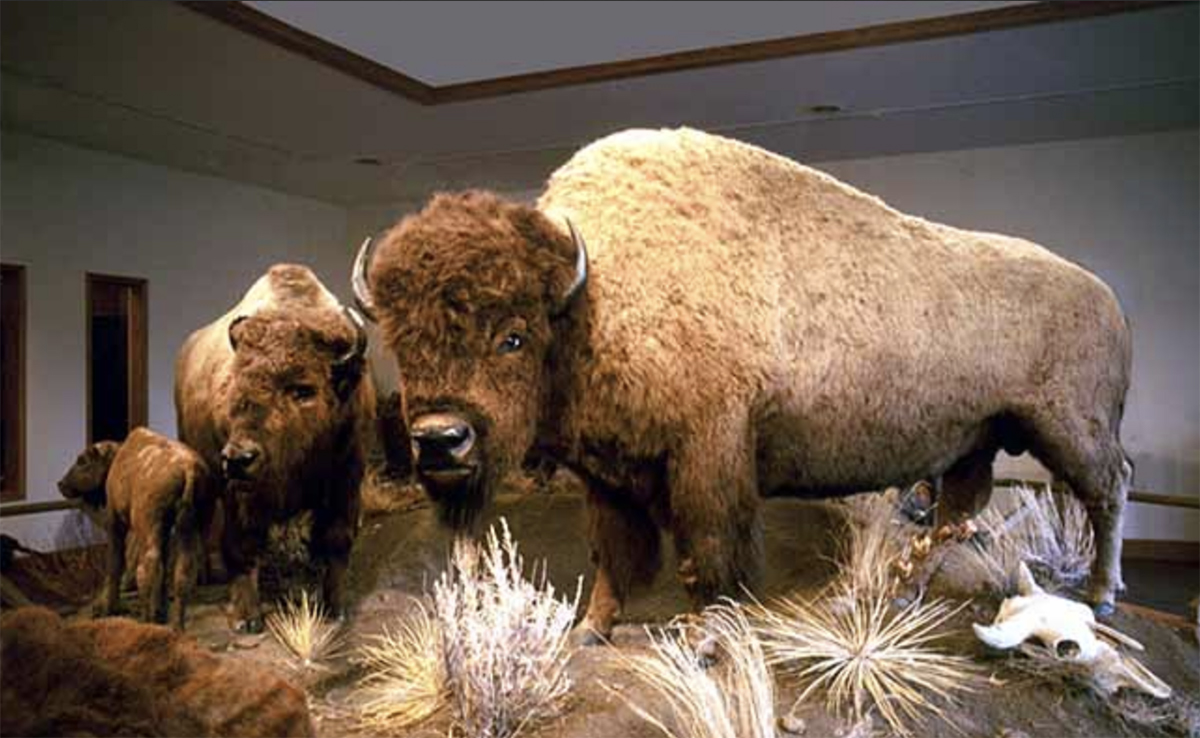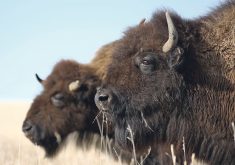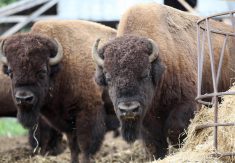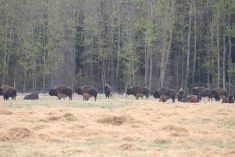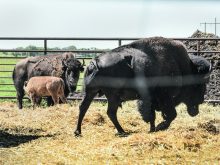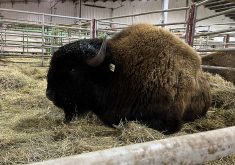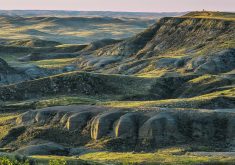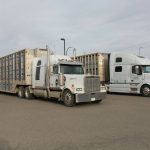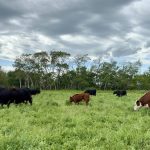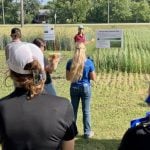Bison farming has become an important part of livestock agriculture in North America. These animals are not as plentiful as their beef cousins, but many producers have had great success meeting the public’s demand for this meat.
However, their presence on the Great Plains of North America also serves as a reminder of how close we came to losing this species altogether 150 years ago.
Bison’s return from the brink of extinction has been well told, and while we no longer have herds roaming wild across the landscape — and mercifully so — the fact that they are thriving on farms and nature preserves is a testament to humanity’s ability to sometimes regain its sanity and do the right thing.
Read Also
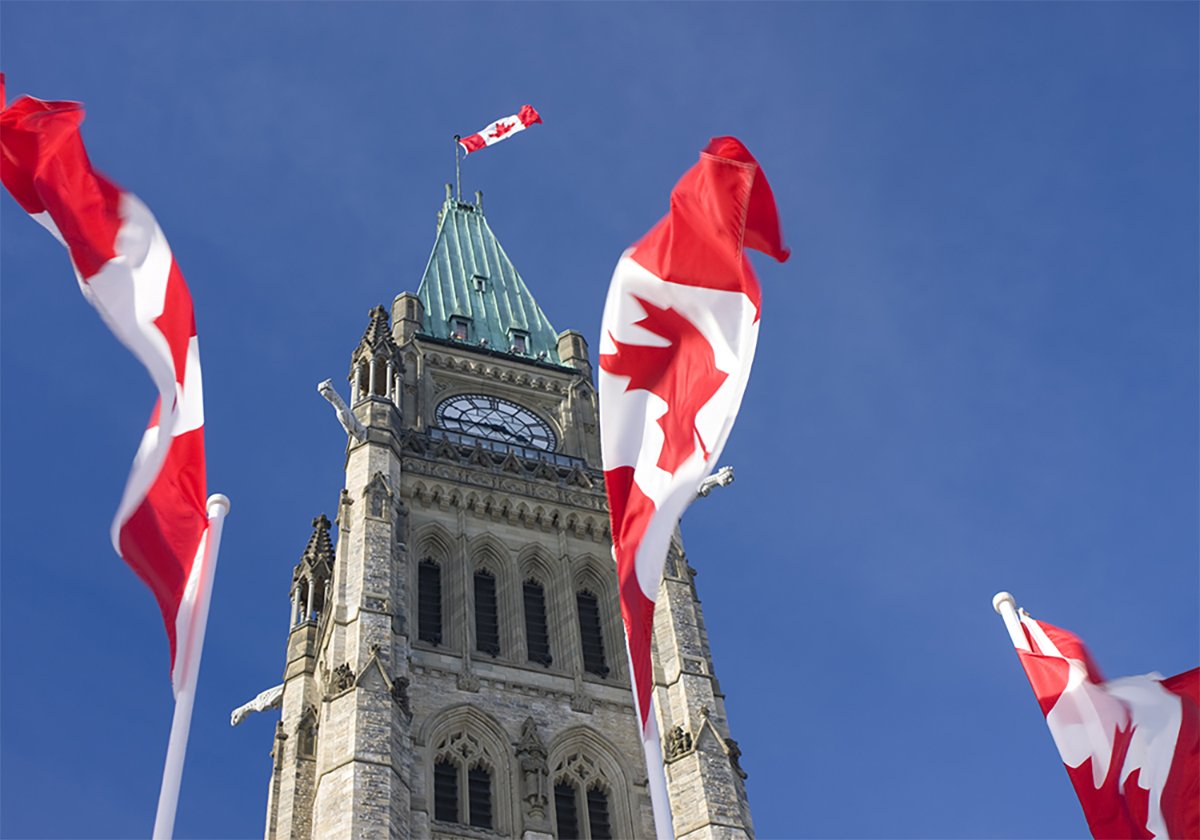
Farm groups are too amiable with the federal government
Farm groups and commodity groups in Canada often strike a conciliatory tone, rather than aggressively criticizing the government.
However, there is a less-known chapter in this tale of species preservation.
It starts in Washington, D.C., in the 1880s, when leaders at the Smithsonian Institution came to the shocking realization that the American buffalo was about to go extinct. When it did, no permanent record would remain of their existence.
William Hornaday, the museum’s chief taxidermist, was sent to Montana to track down some of the last remaining animals so that they could be preserved for future generations.
It put Hornaday in the awkward position of killing some of the last remnants of a significantly endangered species so that future Americans could remember what they looked like.
Hornaday found what he was searching for in the wilds of Montana between the Yellowstone and Missouri rivers. He killed 24 of them, brought them back to Washington and eventually created a display of six animals that was open to the public until the 1950s.
The likeness of the great bull at the centre of the display was used on the country’s coins and paper currency, the Great Seal of the Department of the Interior, postage stamps and the National Park Service badge.
One can argue that keeping these animals front and centre in the public’s mind helped build support for their ultimate recovery.
The exhibit was shipped back to Montana in 1955 when the Smithsonian was modernizing, put into storage and then returned to public display at the Museum of the Northern Great Plains in Fort Benton, Mont., in 1996.
The story is yet another reminder of how some of our greatest mistakes can eventually be corrected.

